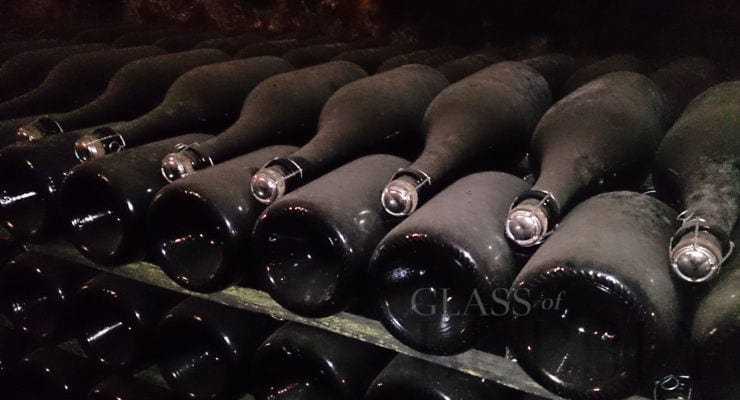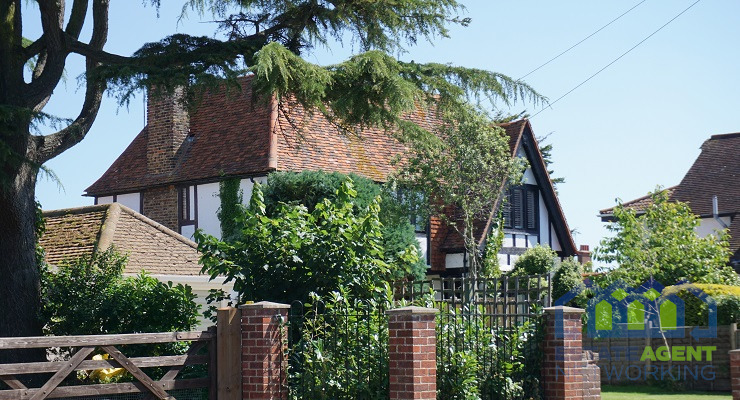Recipe for Website Success
Having a website for any sized business is a huge benefit. It’s the single most inexpensive and effective method to promote your business and reach a huge audience of customer and prospects.
But have you ever come across or sampled a fantastic website and wondered how it got there? How it was made? The reasoning behind its design and workings?
Designing and developing a website can be deceptively tricky. For us it involves achieving a finished product that is both visually appealing and easy to navigate, delivers the correct message, and raises a brand whilst being technically sound and visually coherent.
There’s no magic formula and every site we create is prepared from scratch and bespoke, tailored to each client’s individual needs.
So what is the secret of creating an appetising website? Our website chef’s swear by one very classic and tried and tested recipe…
Design Ingredients
- 1 brief
- 4 graphic designers
- 2 web developers
- 400g of creativity & imagination
- 200g of passion
- 200g of good quality ideas
- A bucket load of talent
- 150g of skills and experience
- A sprinkle of thinking outside the box
- A whole lot of seasoning
For the website
- 1 Domain name purchased
- Website Content
- 1 Server for Hosting
Serves:- unlimited number of potential customers
Optional extra – ecommerce, enquiry forms, filter abilities
Method
- Start-up Mac’s, PC’s or Sketchbook – we like to use all three for best results.
- Prep graphic designers with one client brief. This is an important stage; make sure that the brief clearly defines requirements, client objectives, purpose/intention of finished product and rough company background.
- Mix together the imagination & creativity, the passion, the good quality ideas and the skills & experience, keeping aside a pinch for a later stage. Sprinkle with the talent and leave designers to work until concepts are produced. Try not to rush this. What produces a great finished product is making sure that the team has enough freedom to put the research, thought, care and attention to develop ideas, away from strict time allocations.
- Once the project has been scheduled into the studio and whilst the designers are at work, take your developers and make sure that they are aware of the technical and functionality requirements of the website including its domain name. It’s not uncommon at this stage for developers to suggest additional or alternative technical process, features or functions which may improve the overall experience or design. Don’t rule out these suggestions or be afraid to push the boundaries of the brief, the client has after all, come to you for your expertise and guidance!
- Once the initial concepts are completed its time to show your client. Expect one of three outcomes:
- A concept is selected and approved
- A mixture of elements are selected. The most common outcome is the selection of a concept but with minor tweaks to make and/or incorporating elements from other concepts.
- No concepts are chosen. The aim of the game is to get it right first time but in the rare instance that you don’t, it gets rescheduled into the studio – remember they don’t have to pick from the initial concept. This is a rare outcome and initial success relies heavily on the gathering and interpretation of a client’s brief/requirements.
Unless a concept is selected and approved straight away, work closely with the client and develop a design until sign off.
- To assemble the website, pass the designs onto the developers making sure you continue to incorporate a designer. Then stir in the remainingimagination, passion & enthusiasm, ideas and skills & experience, add more for extra spice. Not enough designer or developer input and the final website won’t have an even balance of atheistic and functionality.
- If using, add your plug ins – this could be shop, filtering system, enquiry forms etc.
- The length of time it stays in development will depend on the size and complexity of the website – keep a close eye on its development and make sure to adjust the estimated date of completion with the client accordingly. Last thing you want to do is to over-cook it.
- When ready, insert website content in the development site.
- Once populated test the site! Test the pages, links; plug ins, contact forms and other functionalities over a range of screen sizes. If applicable, iron out any inconsistencies or issues that may arise.
- Once the client has given the go ahead – it’s time to go live! Move the site over to the hosting server and test, test, test again!
- Finally, garnish with a training session with the client on how to manage their brand new website.
For best results serve with tea – or beverage of choice
Top Tip – To keep your website fresh, make sure you incorporate a well thought out online marketing and content strategy.









